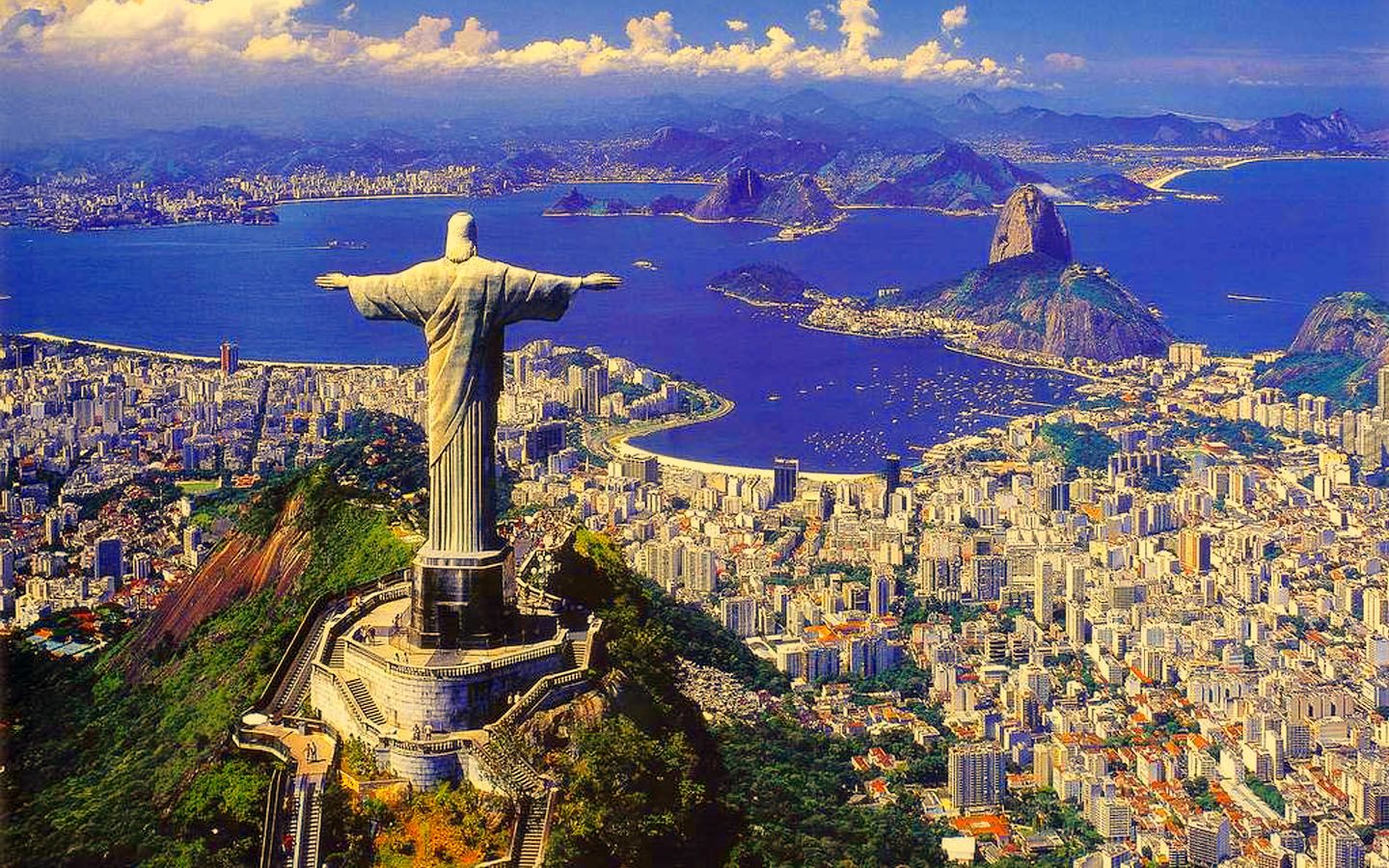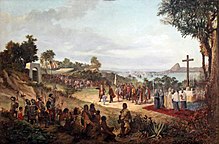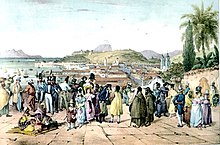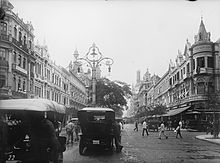[ad_1]
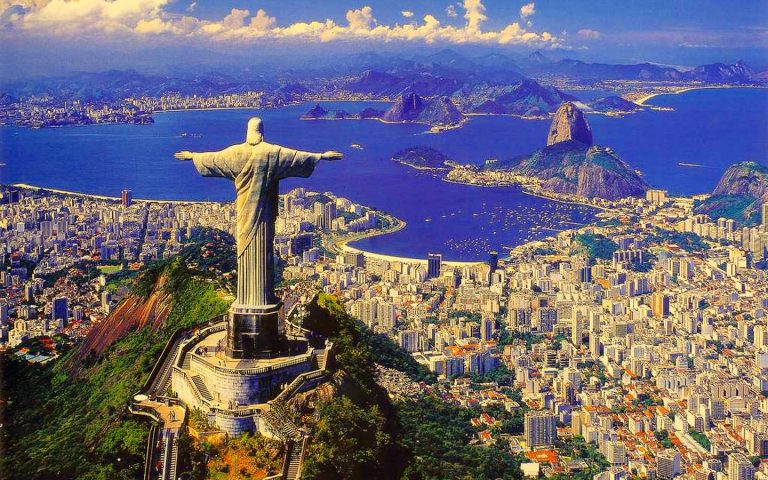
Rio de Janeiro (; Portuguese pronunciation: [ˈʁi.u dʒi ʒɐˈnejɾu];[2]River of January), or simply Rio,[3] is the second-most populous municipality in Brazil and the sixth-most populous in the Americas. The metropolis is anchor to the Rio de Janeiro metropolitan area, the second-most populous metropolitan area in Brazil and seventh-most populous in the Americas. Rio de Janeiro is the capital of the state of Rio de Janeiro, Brazil’s third-most populous state. Part of the city has been designated as a World Heritage Site, named “Rio de Janeiro: Carioca Landscapes between the Mountain and the Sea“, by UNESCO on 1 July 2012 as a Cultural Landscape.[4]
Founded in 1565 by the Portuguese, the city was initially the seat of the Captaincy of Rio de Janeiro, a domain of the Portuguese Empire. Later, in 1763, it became the capital of the State of Brazil, a state of the Portuguese Empire. In 1808, when the Portuguese Royal Court transferred itself from Portugal to Brazil, Rio de Janeiro became the chosen seat of the court of Queen Maria I of Portugal, who subsequently, in 1815, under the leadership of her son, the Prince Regent, and future King João VI of Portugal, raised Brazil to the dignity of a kingdom, within the United Kingdom of Portugal, Brazil, and Algarves. Rio stayed the capital of the pluricontinental Lusitanian monarchy until 1822, when the War of Brazilian Independence began. This is one of the few instances in history that the capital of a colonising country officially shifted to a city in one of its colonies. Rio de Janeiro subsequently served as the capital of the independent monarchy, the Empire of Brazil, until 1889, and then the capital of a republican Brazil until 1960 when the capital was transferred to Brasília.
Rio de Janeiro has the second largest municipal GDP in the country,[5] and 30th largest in the world in 2008,[6] estimated at about R$343 billion (IBGE, 2008) (nearly US$201 billion). It is headquarters to Brazilian oil, mining, and telecommunications companies, including two of the country’s major corporations—Petrobras and Vale—and Latin America’s largest telemedia conglomerate, Grupo Globo. The home of many universities and institutes, it is the second-largest center of research and development in Brazil, accounting for 17% of national scientific output according to 2005 data.[7]
Rio de Janeiro is one of the most visited cities in the Southern Hemisphere and is known for its natural settings, Carnival, samba, bossa nova, and balneario beaches[8] such as Barra da Tijuca, Copacabana, Ipanema, and Leblon. In addition to the beaches, some of the most famous landmarks include the giant statue of Christ the Redeemer atop Corcovado mountain, named one of the New Seven Wonders of the World; Sugarloaf Mountain with its cable car; the Sambódromo (Sambadrome), a permanent grandstand-lined parade avenue which is used during Carnival; and Maracanã Stadium, one of the world’s largest football stadiums.
Rio de Janeiro will host the 2016 Summer Olympics and the 2016 Summer Paralympics—the first time a South American and Portuguese-speaking country will host these events, and the third time the Olympics will be held in a Southern Hemisphere city.[9] The Maracanã Stadium held the finals of the 1950 and 2014 FIFA World Cups, the 2013 FIFA Confederations Cup, and the XV Pan American Games.
History
Founding of Rio de Janeiro in 1565.
Rio de Janeiro, ca.1910s.
Europeans first encountered Guanabara Bay on 1 January 1502 (hence Rio de Janeiro, “January River”), by a Portuguese expedition under explorer Gaspar de Lemos captain of a ship in Pedro Álvares Cabral‘s fleet, or under Gonçalo Coelho.[10] Allegedly the Florentine explorer Amerigo Vespucci participated as observer at the invitation of King Manuel I in the same expedition. The region of Rio was inhabited by the Tupi, Puri, Botocudo and Maxakalí peoples.[11]
In 1555, one of the islands of Guanabara Bay, now called Villegagnon Island, was occupied by 500 French colonists under the French admiral Nicolas Durand de Villegaignon. Consequently, Villegagnon built Fort Coligny on the island when attempting to establish the France Antarctique colony.
The city of Rio de Janeiro proper was founded by the Portuguese on 1 March 1565 and was named São Sebastião do Rio de Janeiro, in honour of St. Sebastian, the saint who was the namesake and patron of the then Portuguese Monarch D. Sebastião. Rio de Janeiro was the name of Guanabara Bay. Until early in the 18th century, the city was threatened or invaded by several, mostly French, pirates and buccaneers, such as Jean-François Duclerc and René Duguay-Trouin.[12]
In the late 17th century, still during the Sugar Era, the Bandeirantes found gold and diamonds in the neighbouring captaincy of Minas Gerais, thus Rio de Janeiro became a much more practical port for exporting wealth (gold, precious stones, besides the sugar) than Salvador, Bahia, which is much farther to the northeast. On 27 January 1763,[13] the colonial administration in Portuguese America was moved from Salvador to Rio de Janeiro. The city remained primarily a colonial capital until 1808, when the Portuguese royal family and most of the associated Lisbon nobles, fleeing from Napoleon‘s invasion of Portugal, moved to Rio de Janeiro. The kingdom’s capital was transferred to the city, which, thus, became the only European capital outside of Europe. As there was no physical space or urban structure to accommodate hundreds of noblemen who arrived suddenly, many inhabitants were simply evicted from their homes.[14] There was a large influx of African slaves to Rio de Janeiro: in 1819, there were 145,000 slaves in the captaincy. In 1840, the number of slaves reached 220,000 people.[15]
When Prince Pedro proclaimed the independence of Brazil in 1822, he decided to keep Rio de Janeiro as the capital of his new empire. Rio continued as the capital of Brazil after 1889, when the monarchy was replaced by a republic. Until the early years of the 20th century, the city was largely limited to the neighbourhood now known as the historic city centre (see below), on the mouth of Guanabara Bay. The city’s centre of gravity began to shift south and west to the so-called Zona Sul (South Zone) in the early part of the 20th century, when the first tunnel was built under the mountains located between Botafogo and the neighbourhood now known as Copacabana. Expansion of the city to the north and south was facilitated by the consolidation and electrification of Rio’s streetcar transit system after 1905.[16] Botafogo’s natural beauty, combined with the fame of the Copacabana Palace Hotel, the luxury hotel of the Americas in the 1930s, helped Rio to gain the reputation it still holds today as a beach party town (although this reputation has been somewhat tarnished in recent years by favela violence resulting from the narcotics trade[17]). Plans for moving the nation’s capital city to the territorial centre had been occasionally discussed, and when Juscelino Kubitschek was elected president in 1955, it was partially on the strength of promises to build a new capital.[18] Though many thought that it was just campaign rhetoric, Kubitschek managed to have Brasília built, at great cost, by 1960. On 21 April that year the capital of Brazil was officially moved from Rio de Janeiro to Brasília.
Between 1960 and 1975, Rio was a city-state under the name Guanabara State (after the bay it borders). However, for administrative and political reasons, a presidential decree known as “The Fusion” removed the city’s federative status and merged it with the State of Rio de Janeiro, the territory surrounding the city whose capital was Niterói, in 1975. Even today, some Cariocas advocate the return of municipal autonomy.[19][20]
The city hosted the 2007 Pan American Games and the 2014 FIFA World Cup final. It was announced on 2 October 2009, that Rio will host the 2016 Olympic Games, beating the finalist competitors Chicago, Tokyo, and Madrid. The city will become the first South American city to host the event and the second Latin American city (after Mexico City in 1968) to host the Games. The city hosted the World Youth Day in 2013, the second World Youth Day in South America and first in Brazil.
PICTURES
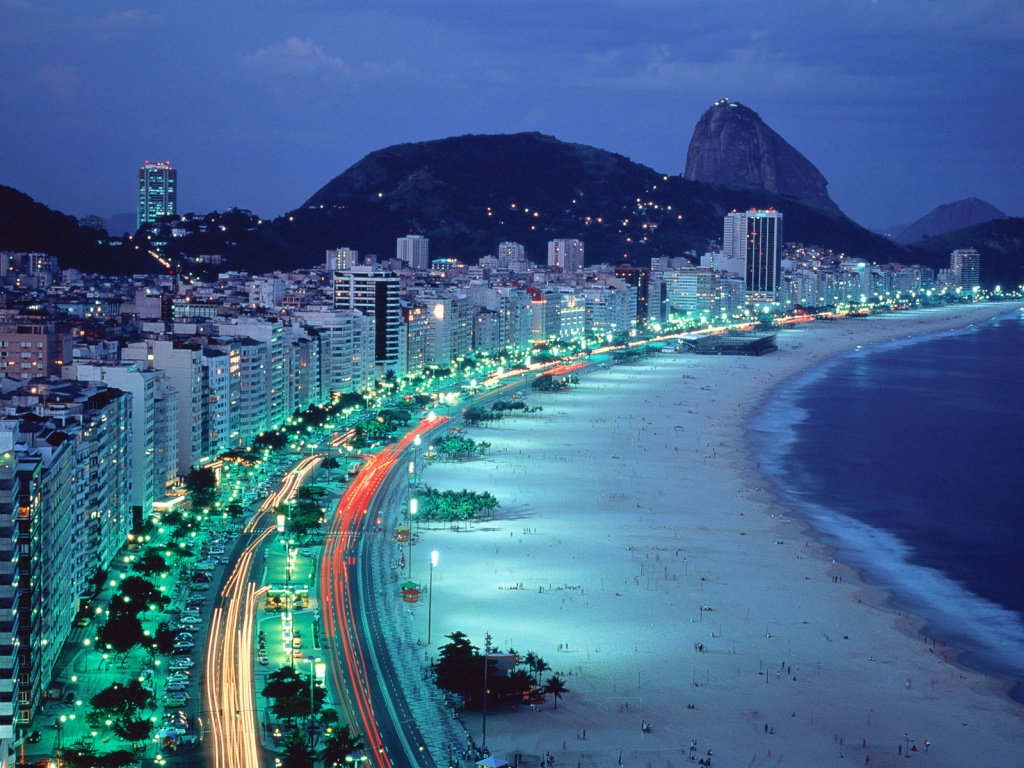
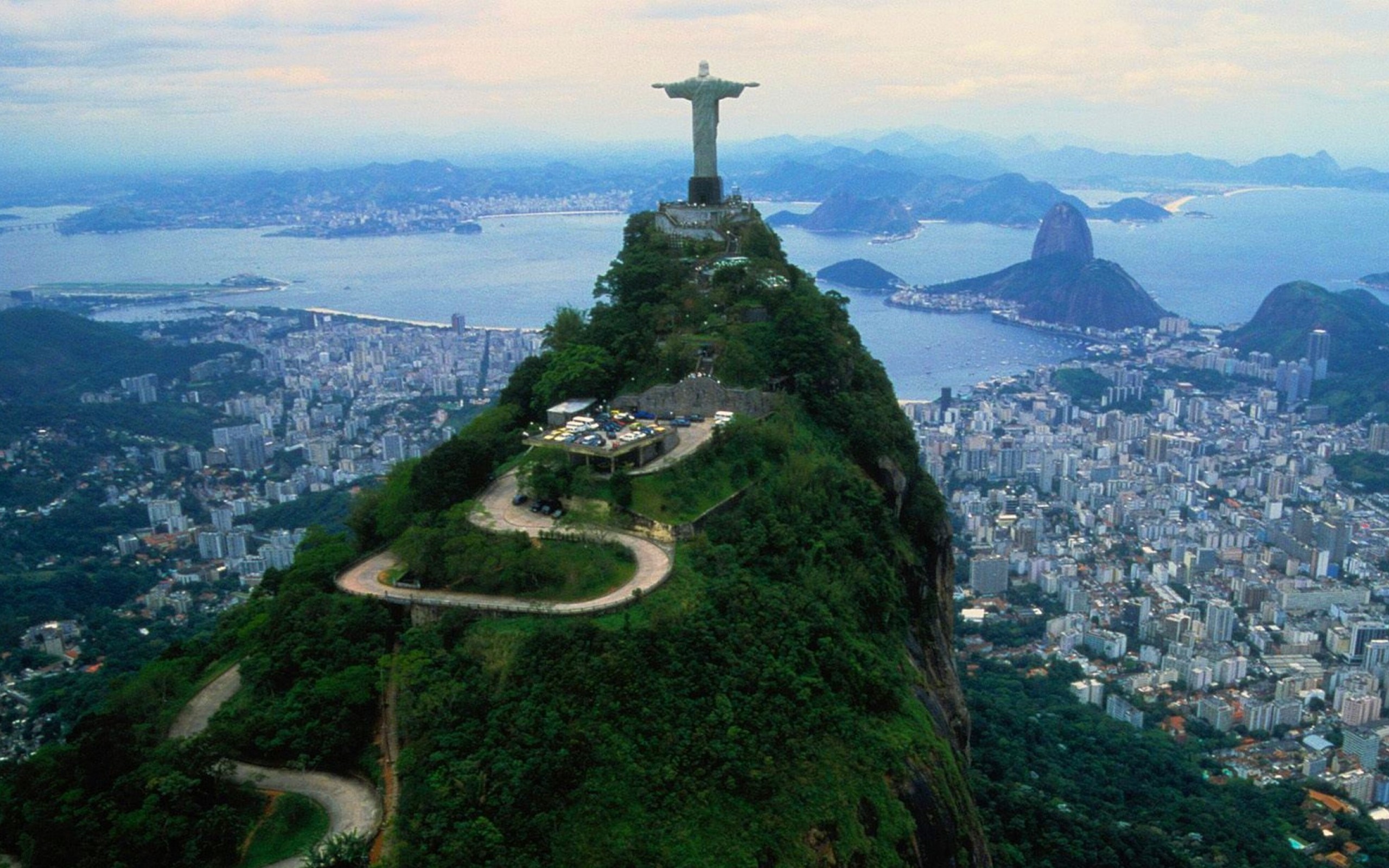
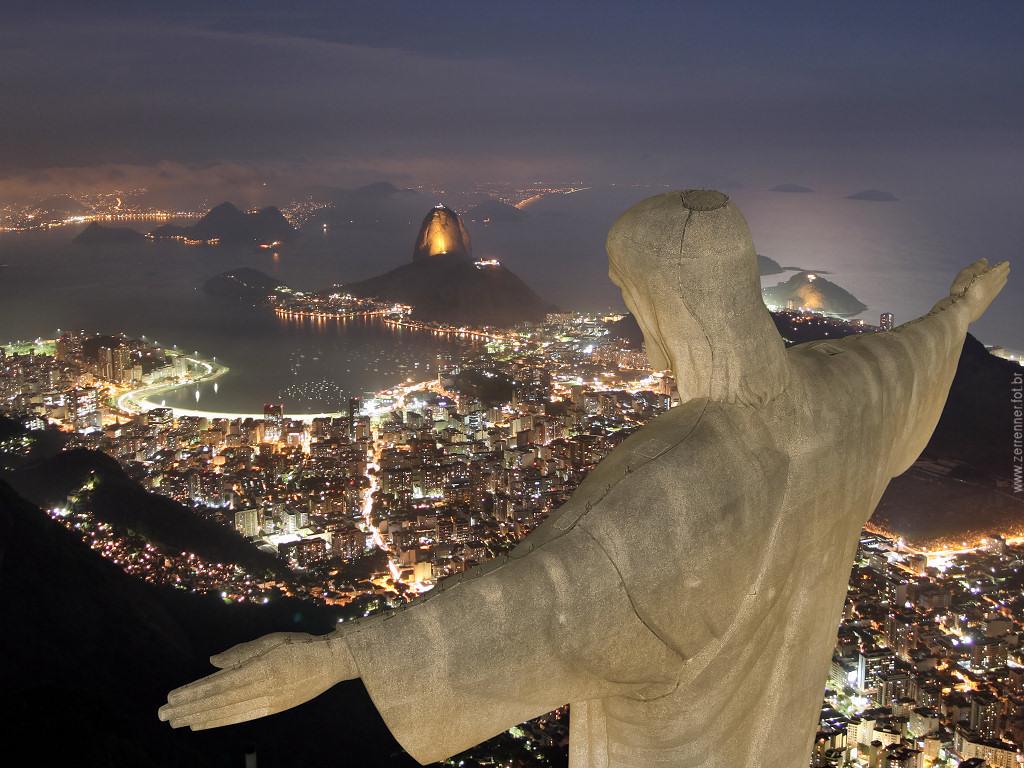
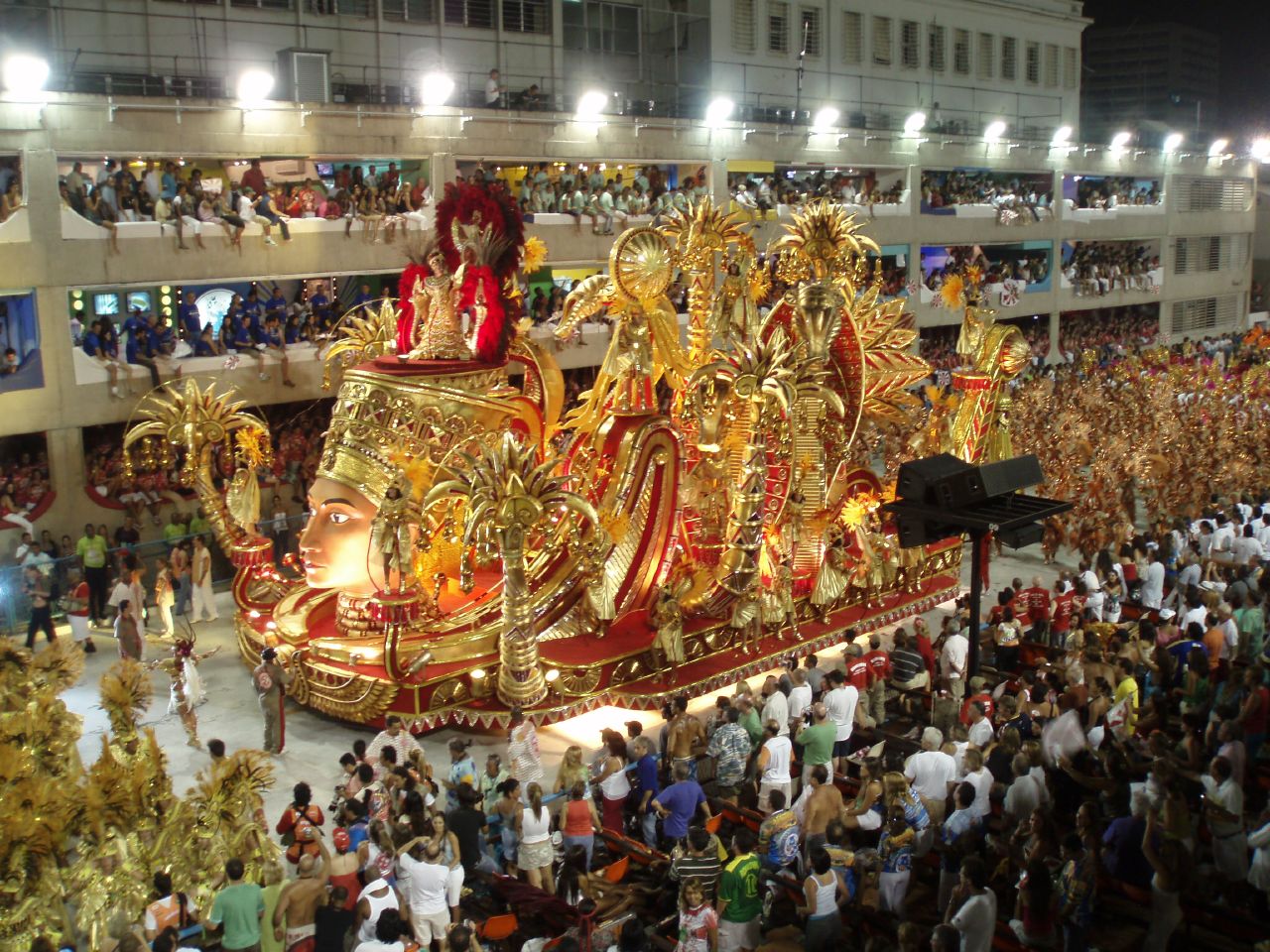
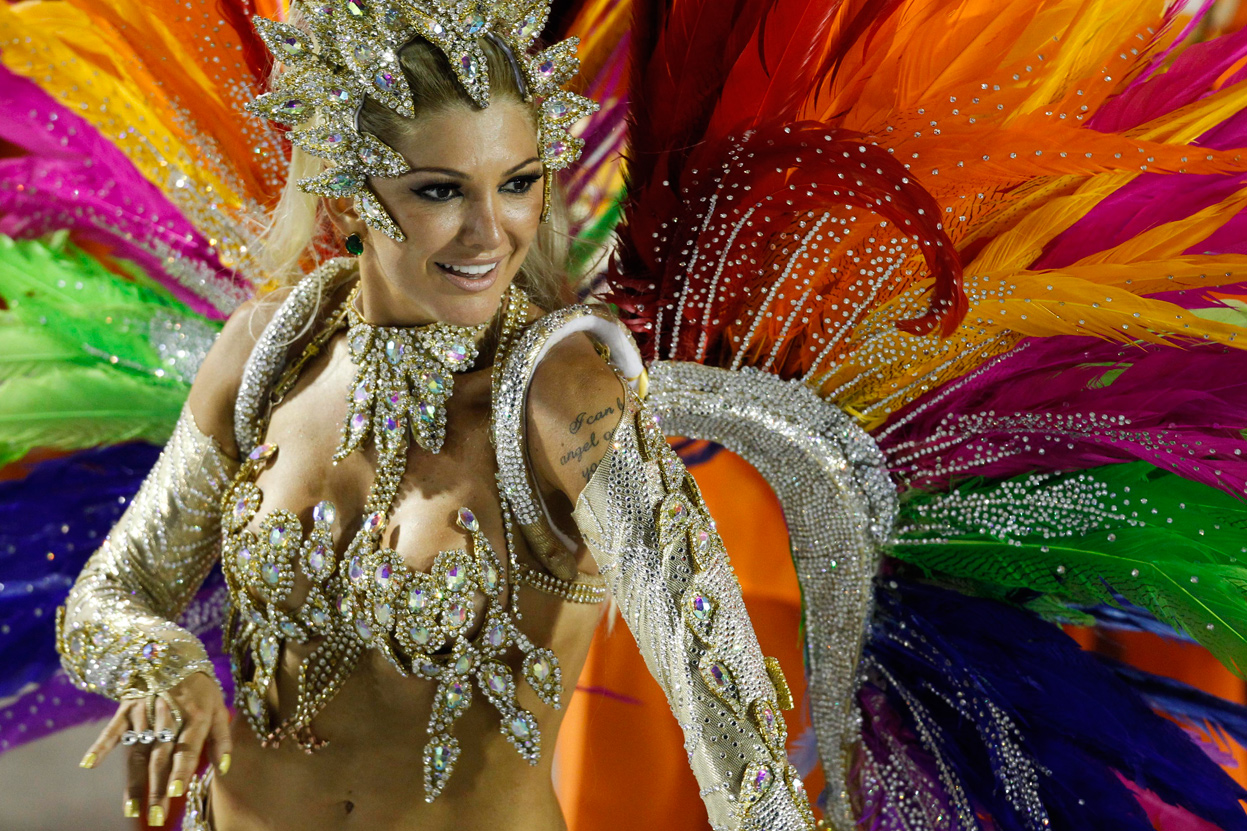
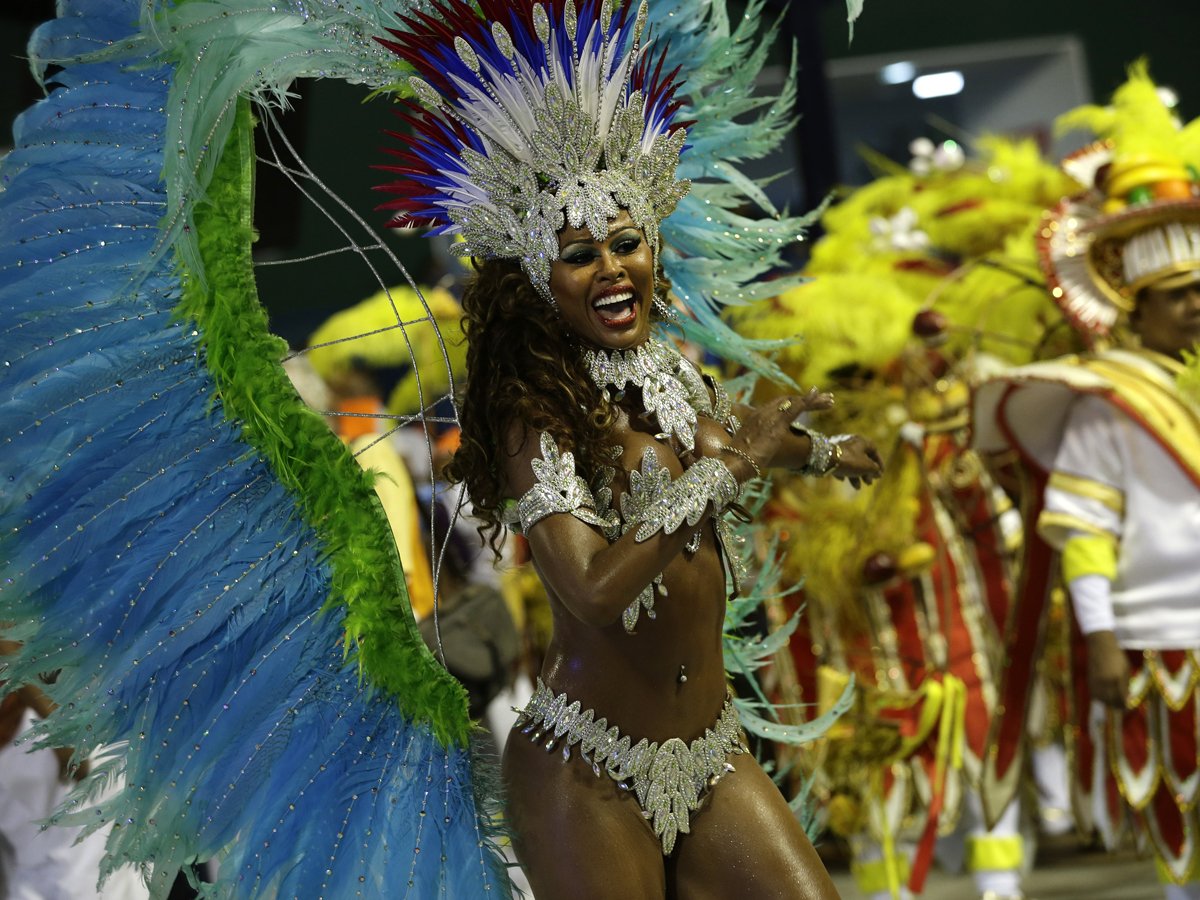
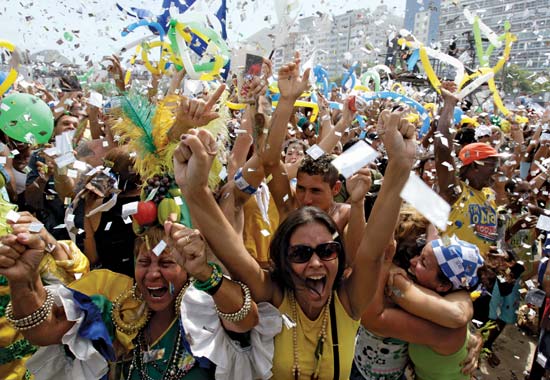
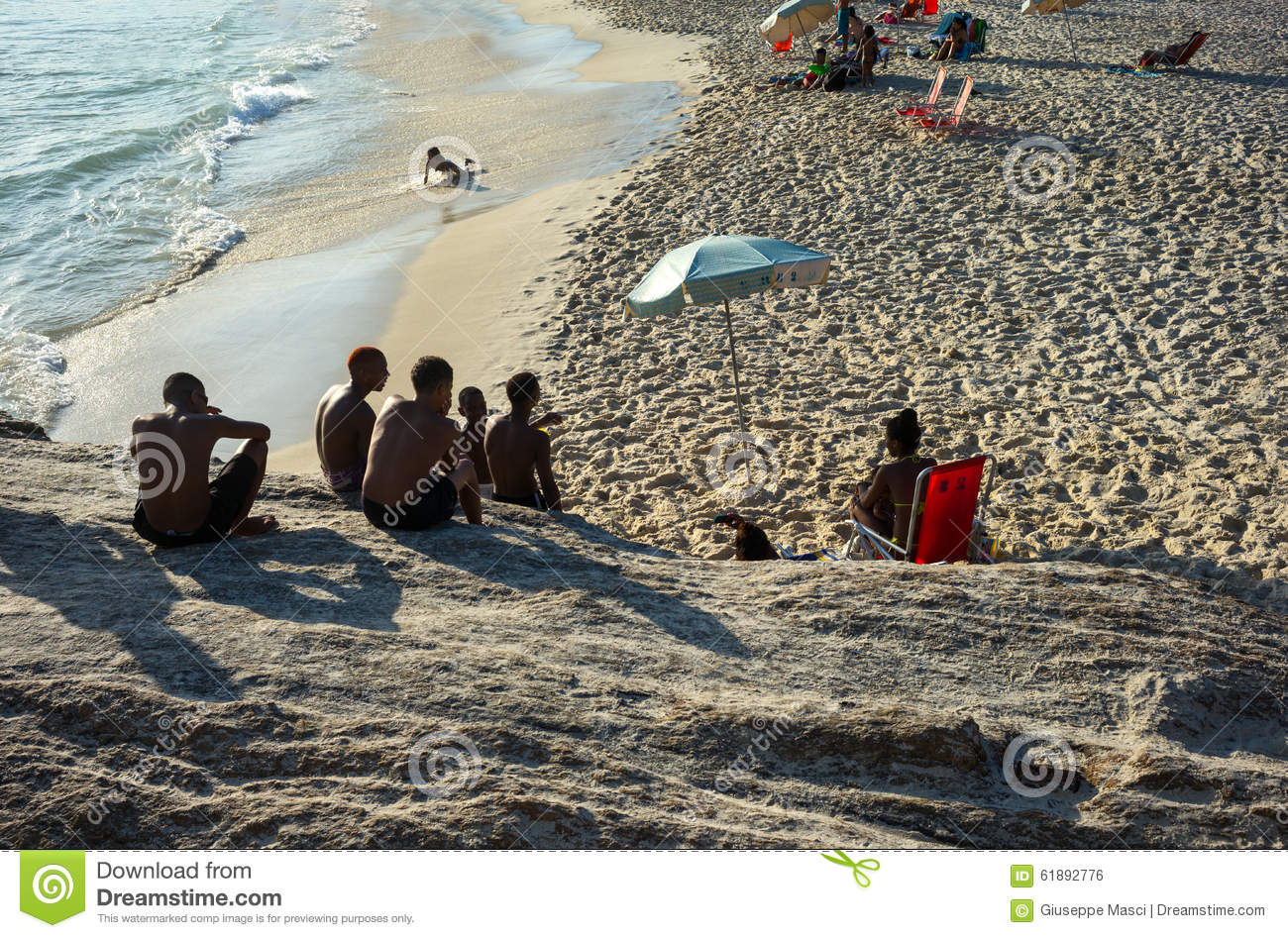
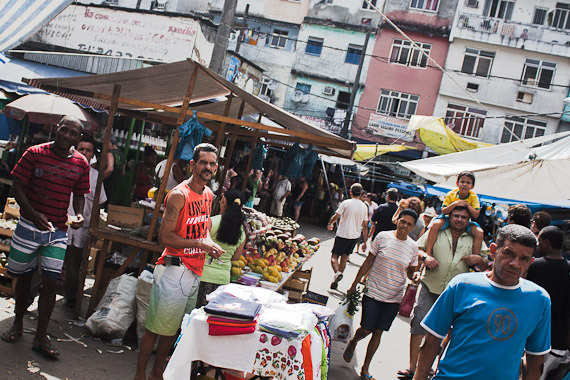
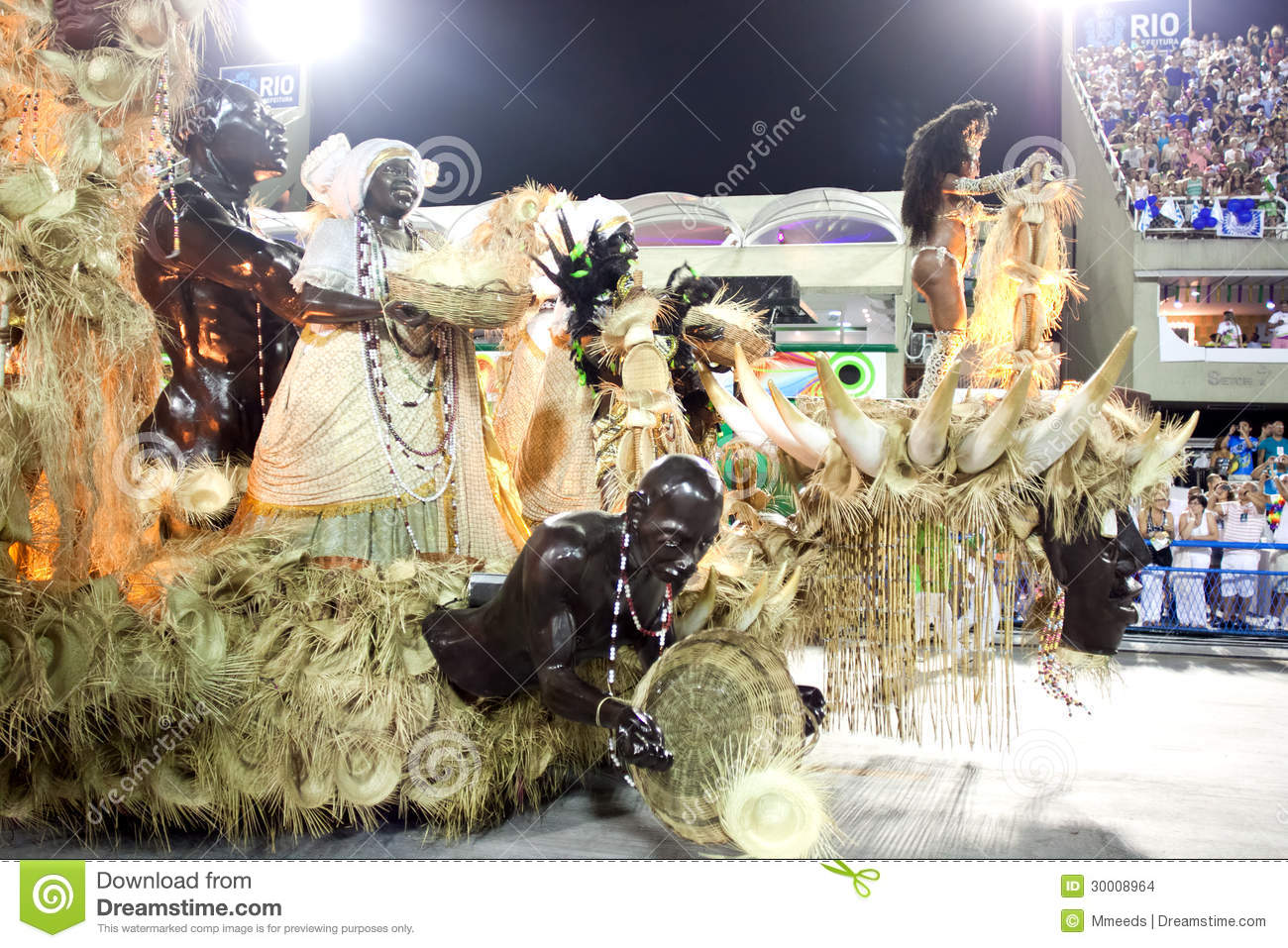
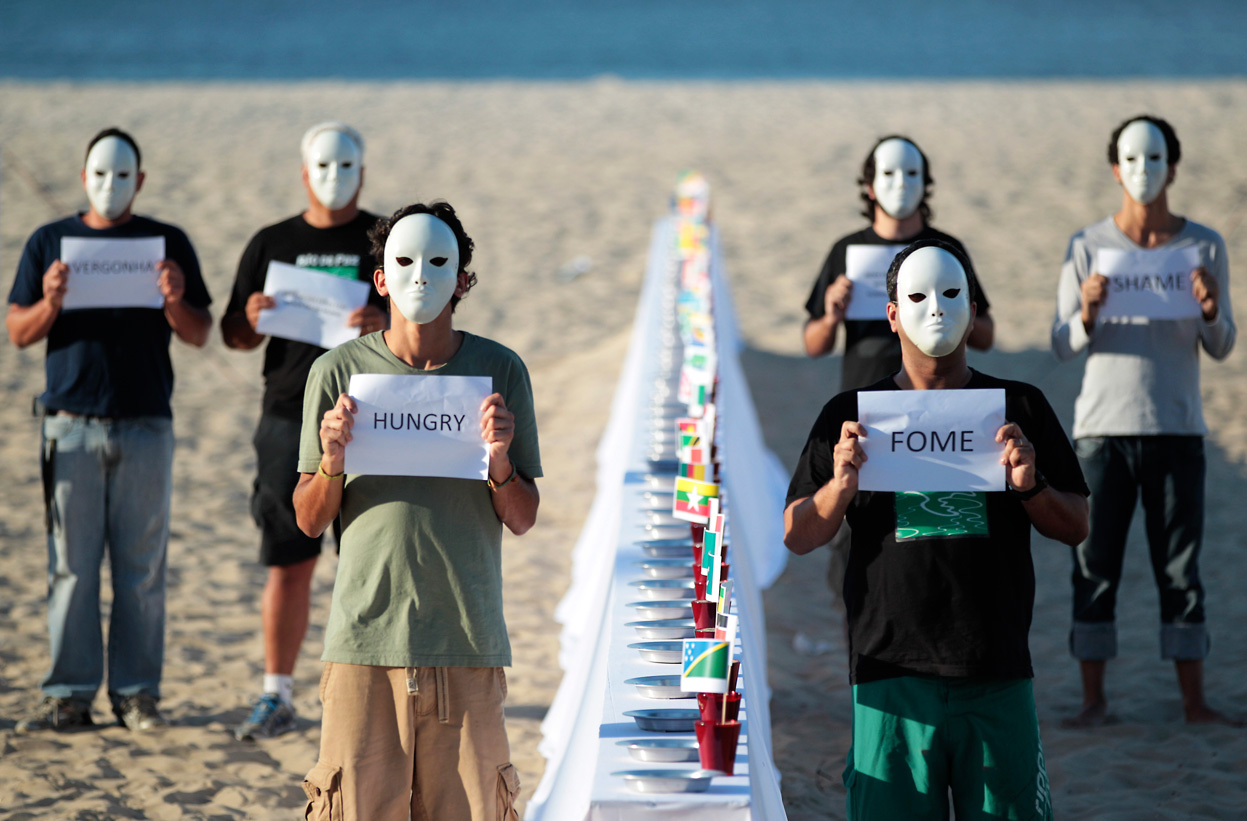
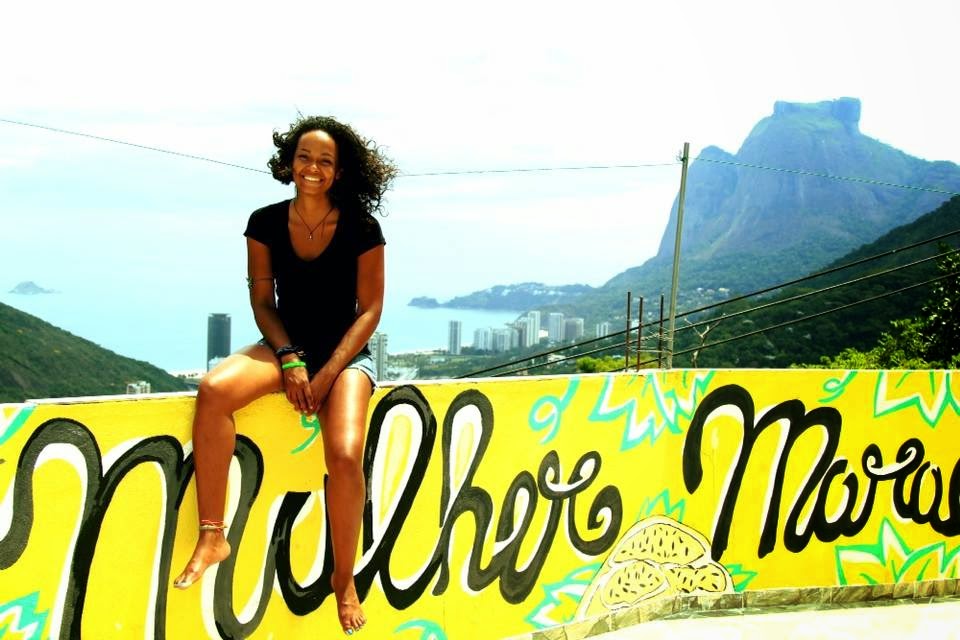
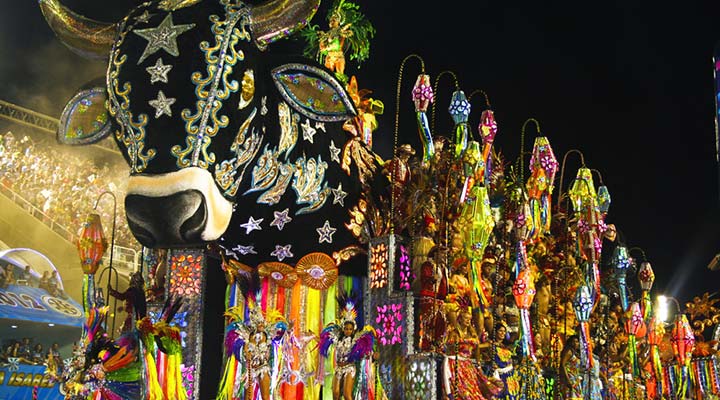
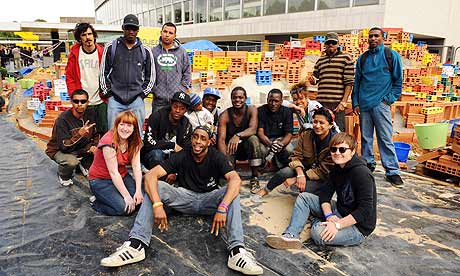
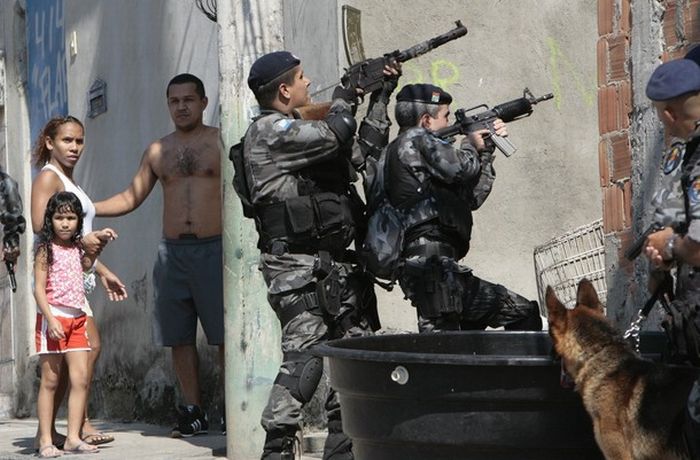
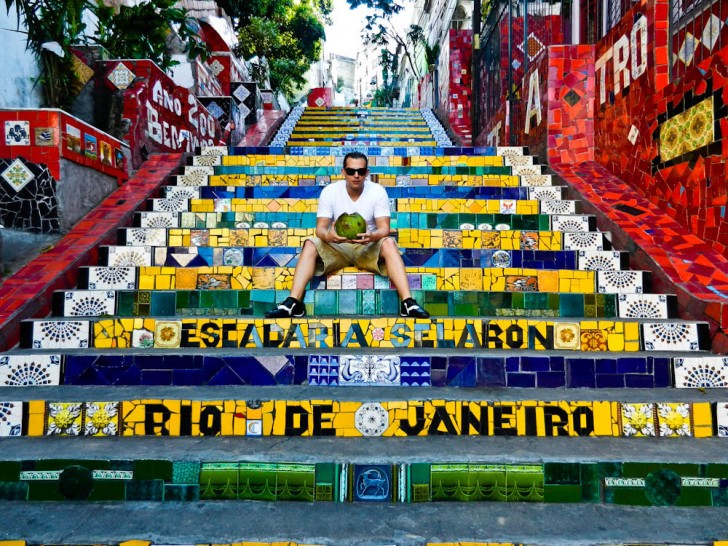
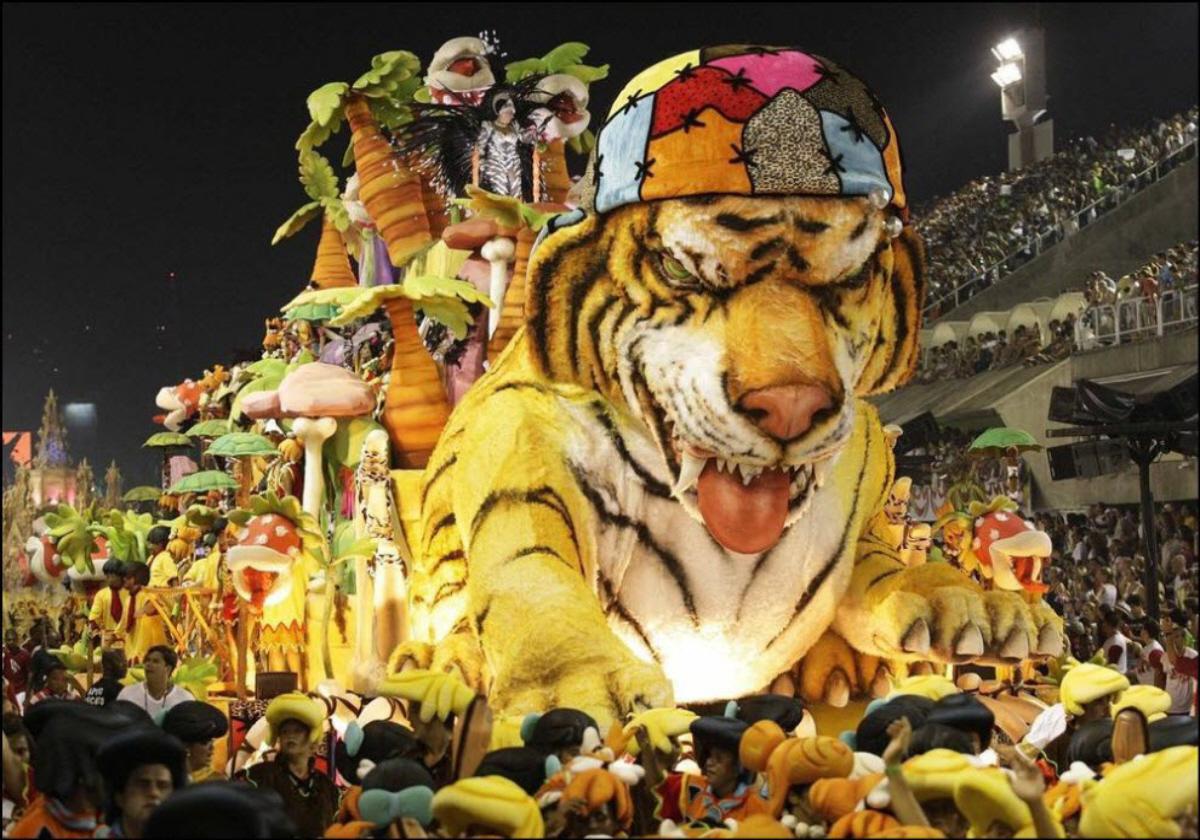
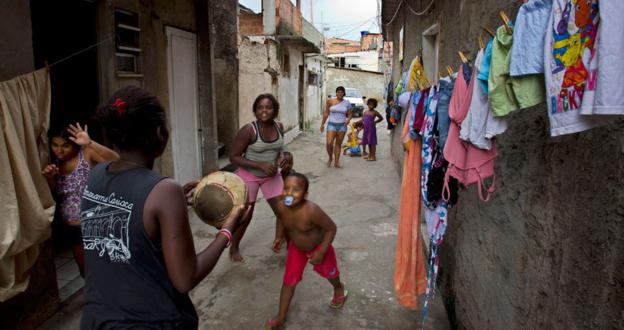
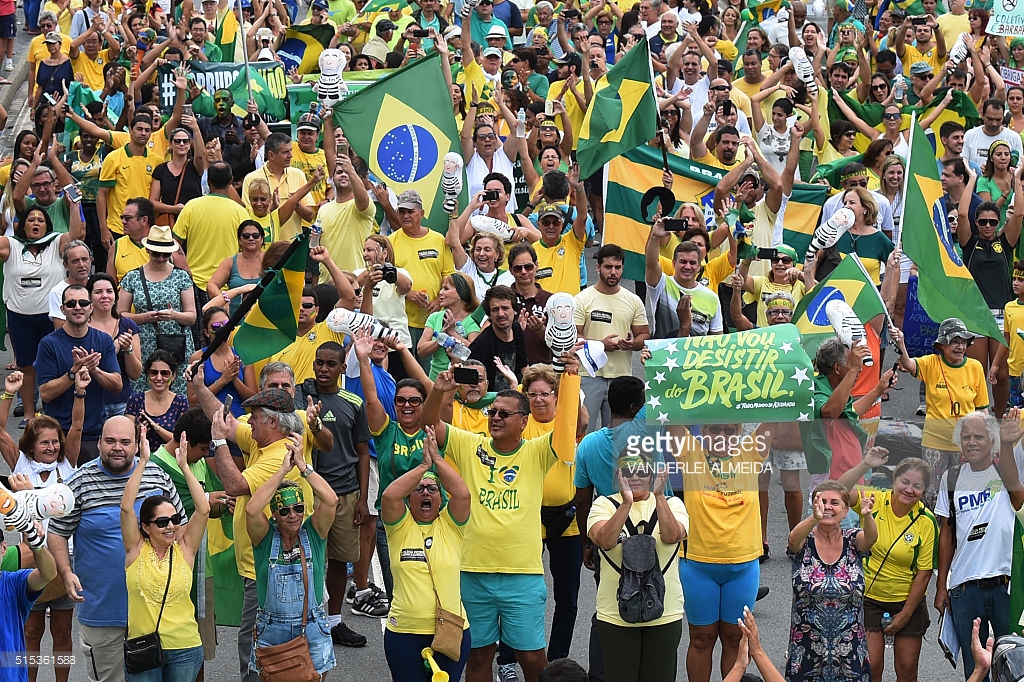
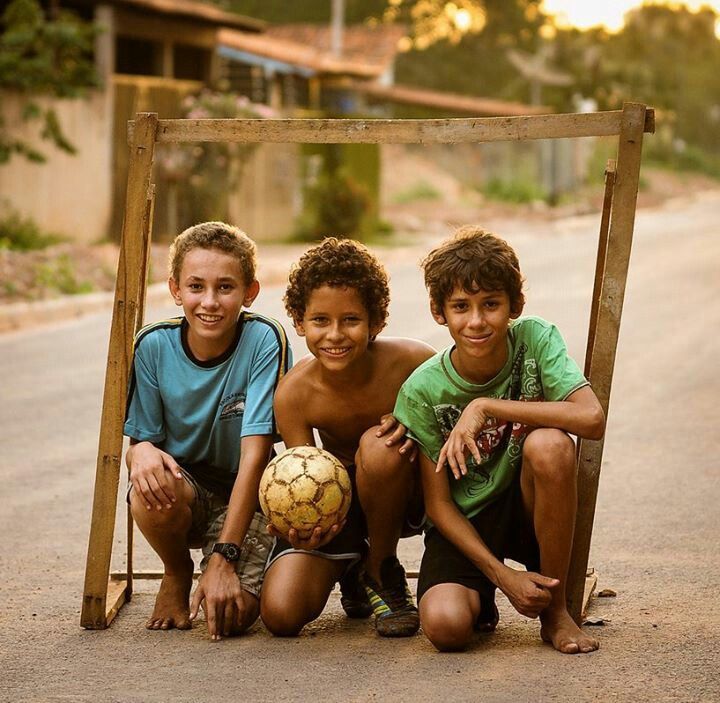
STREET ART
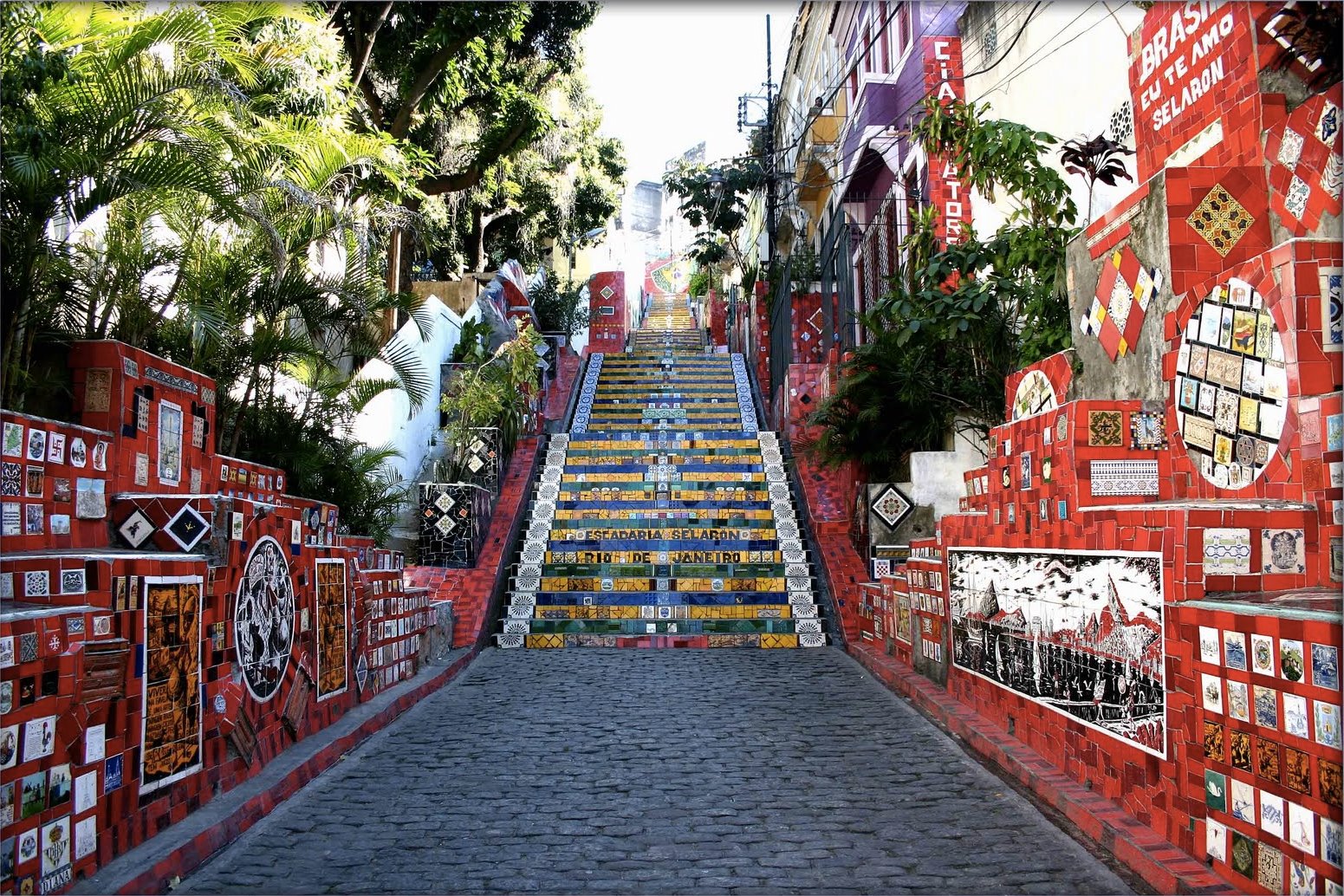
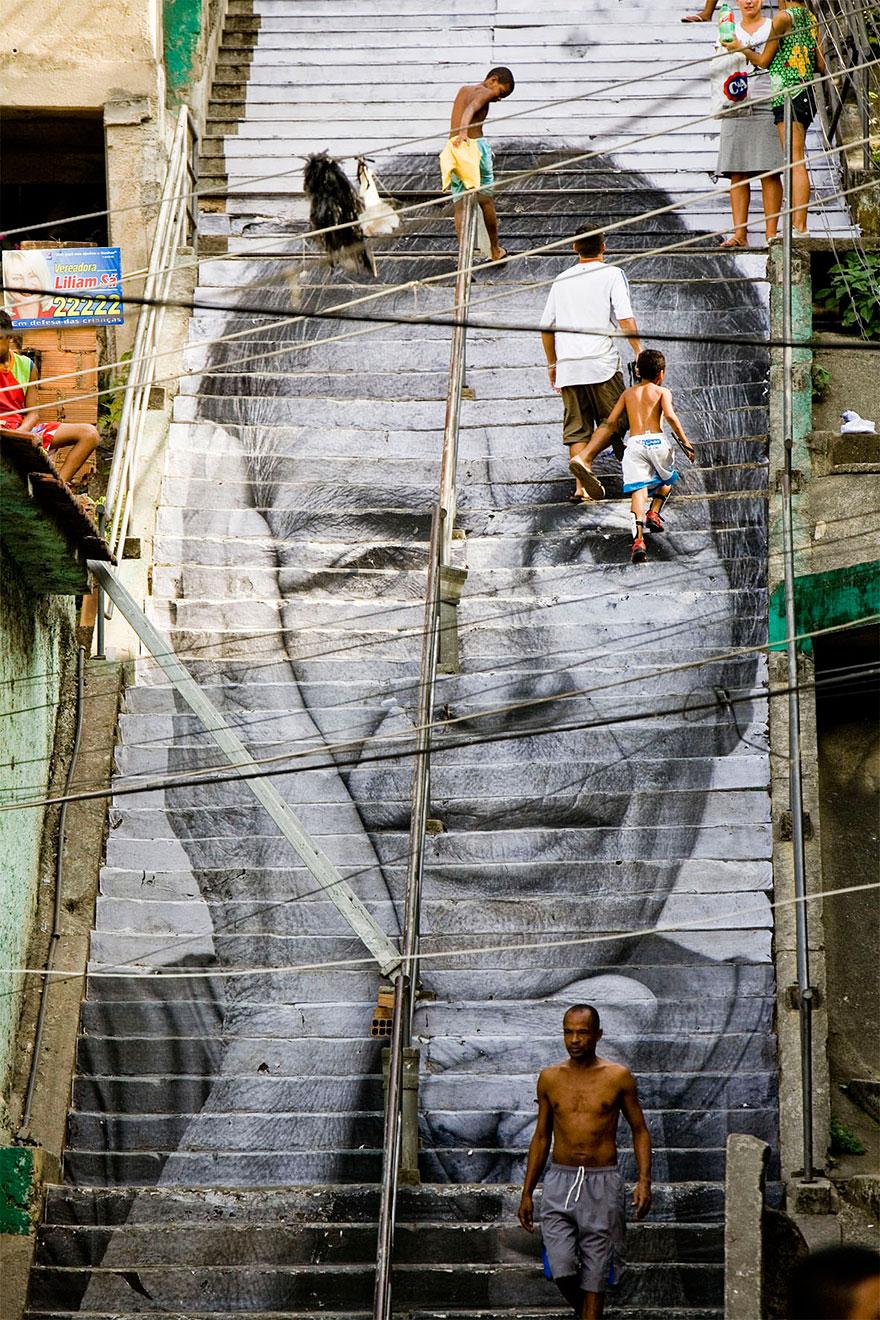
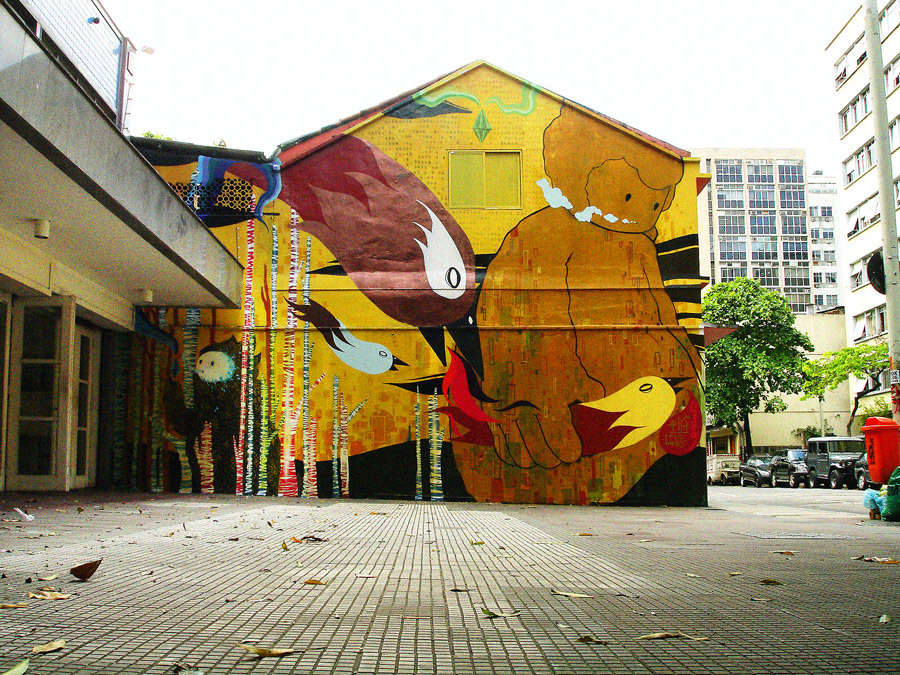
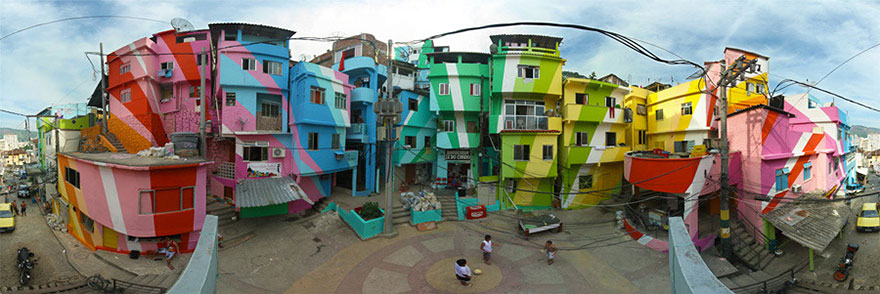
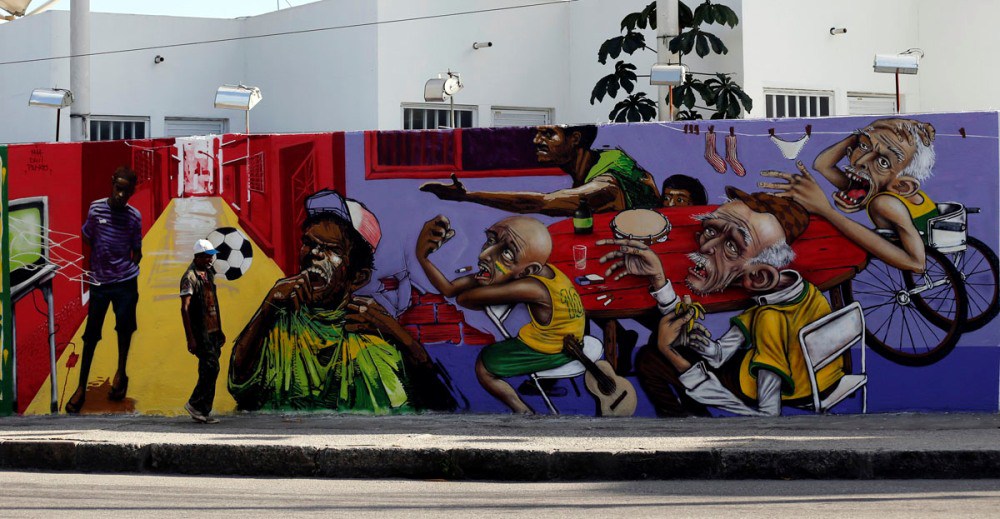
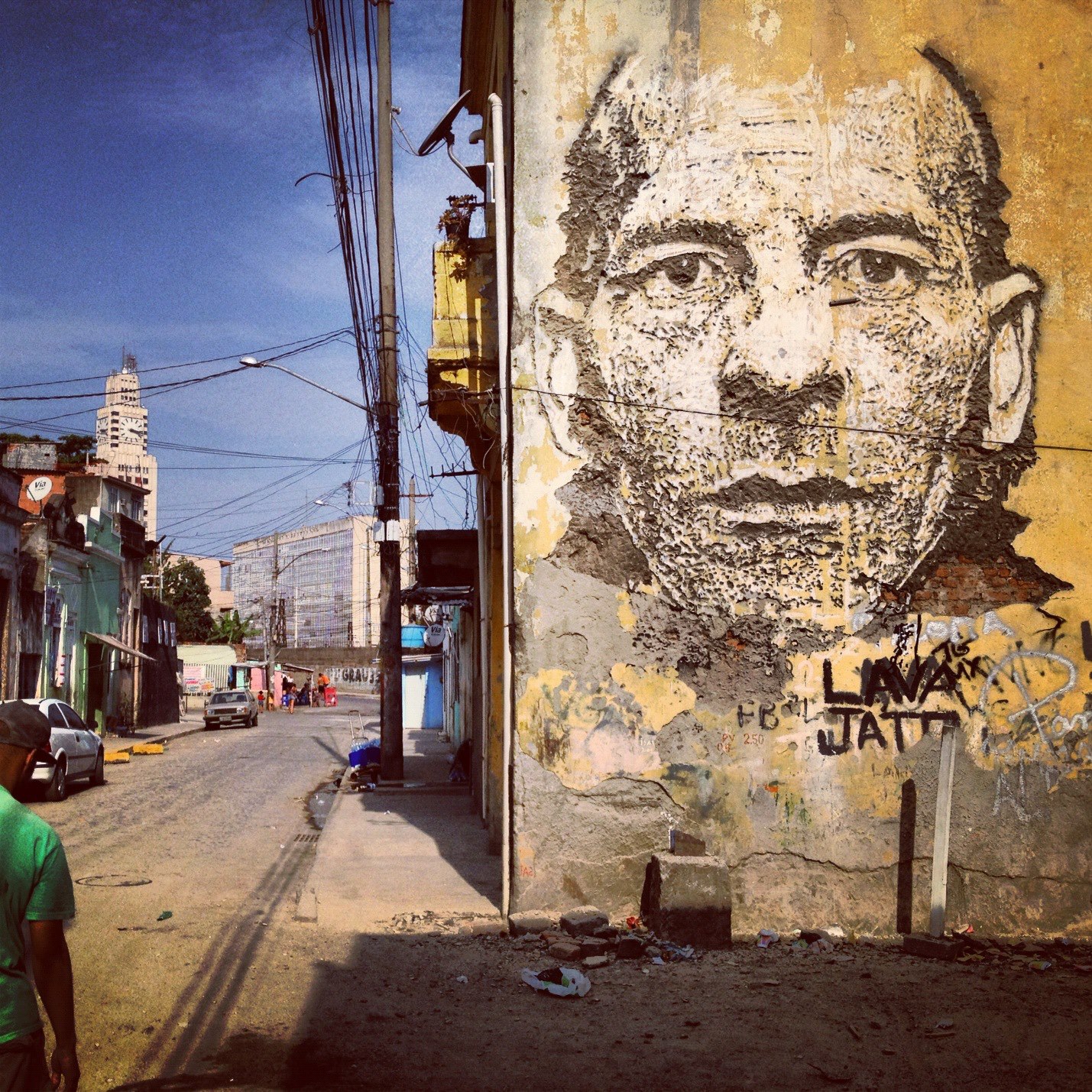
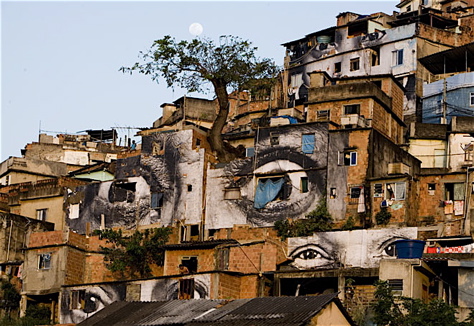
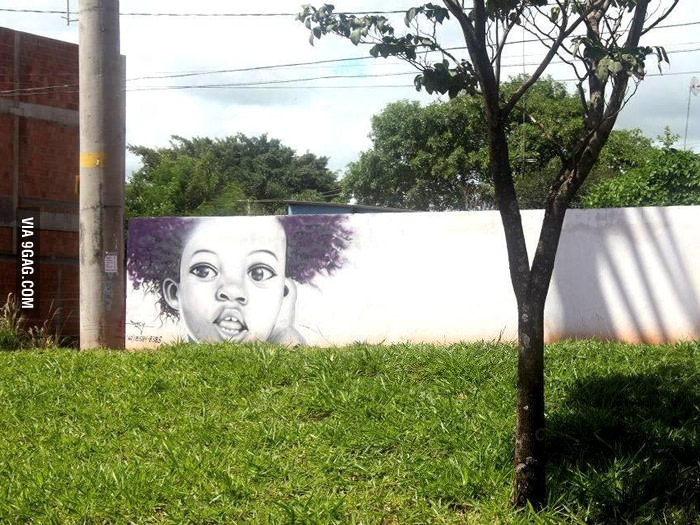
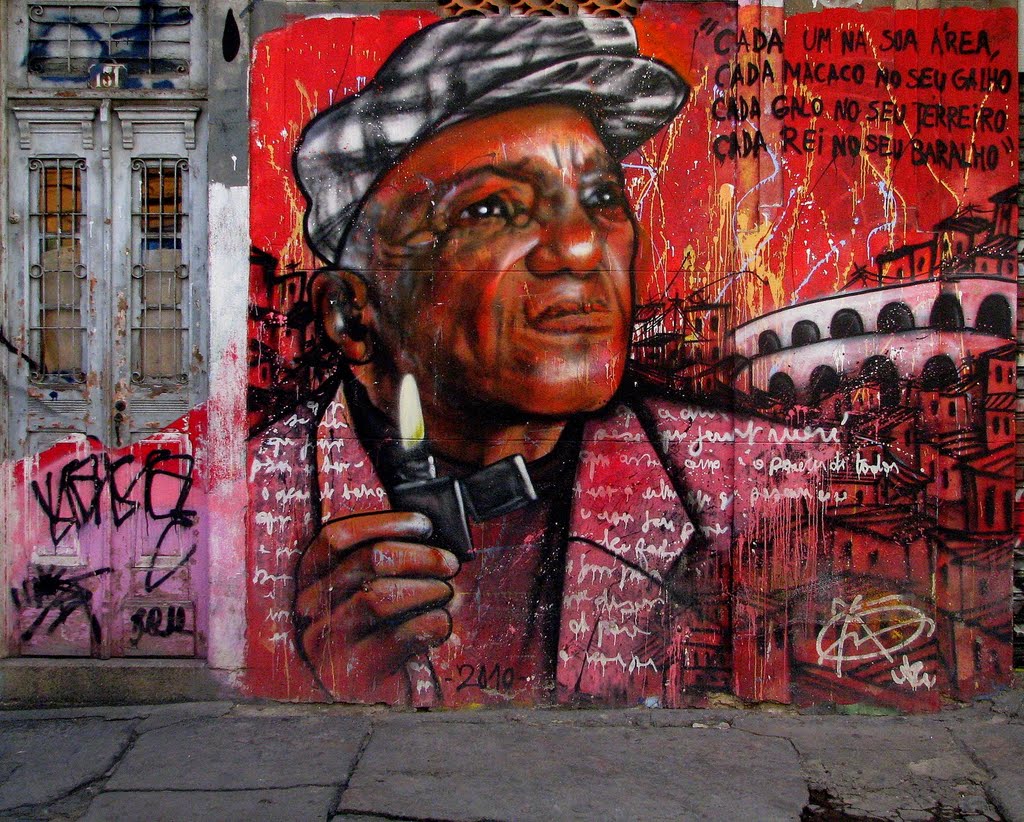
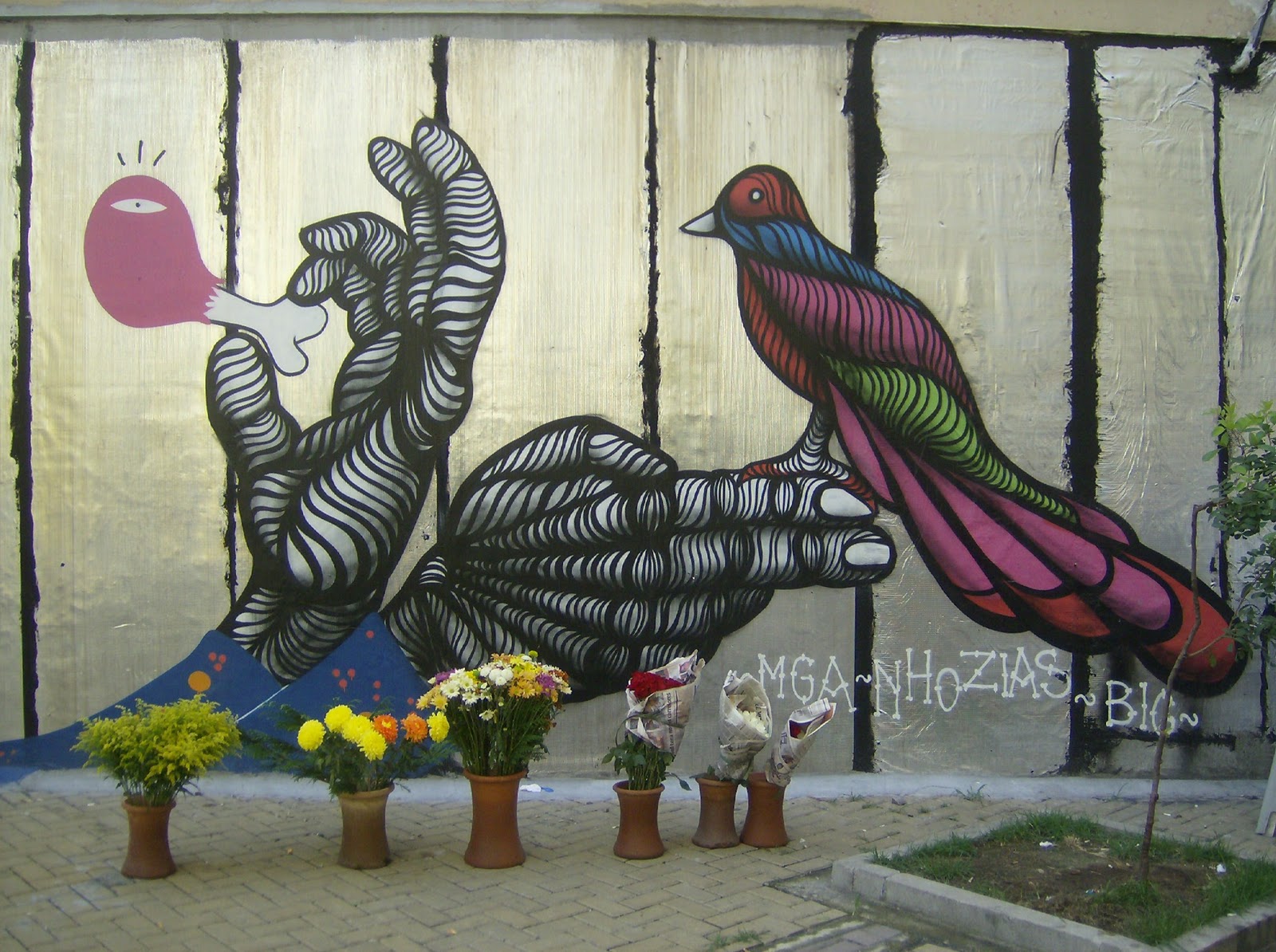
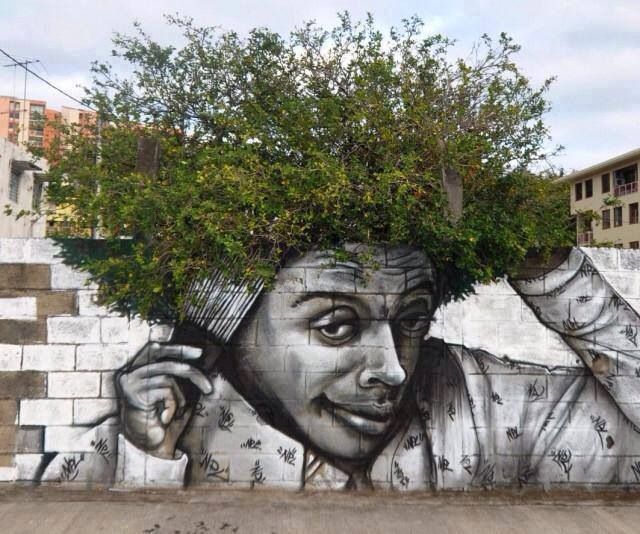
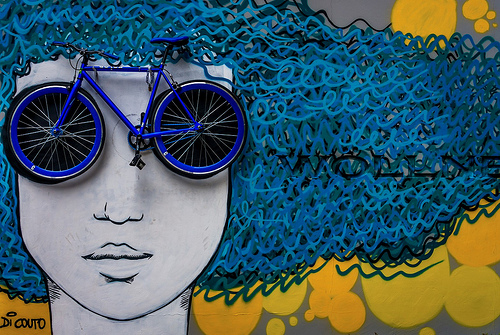
[ad_2]
Source link

